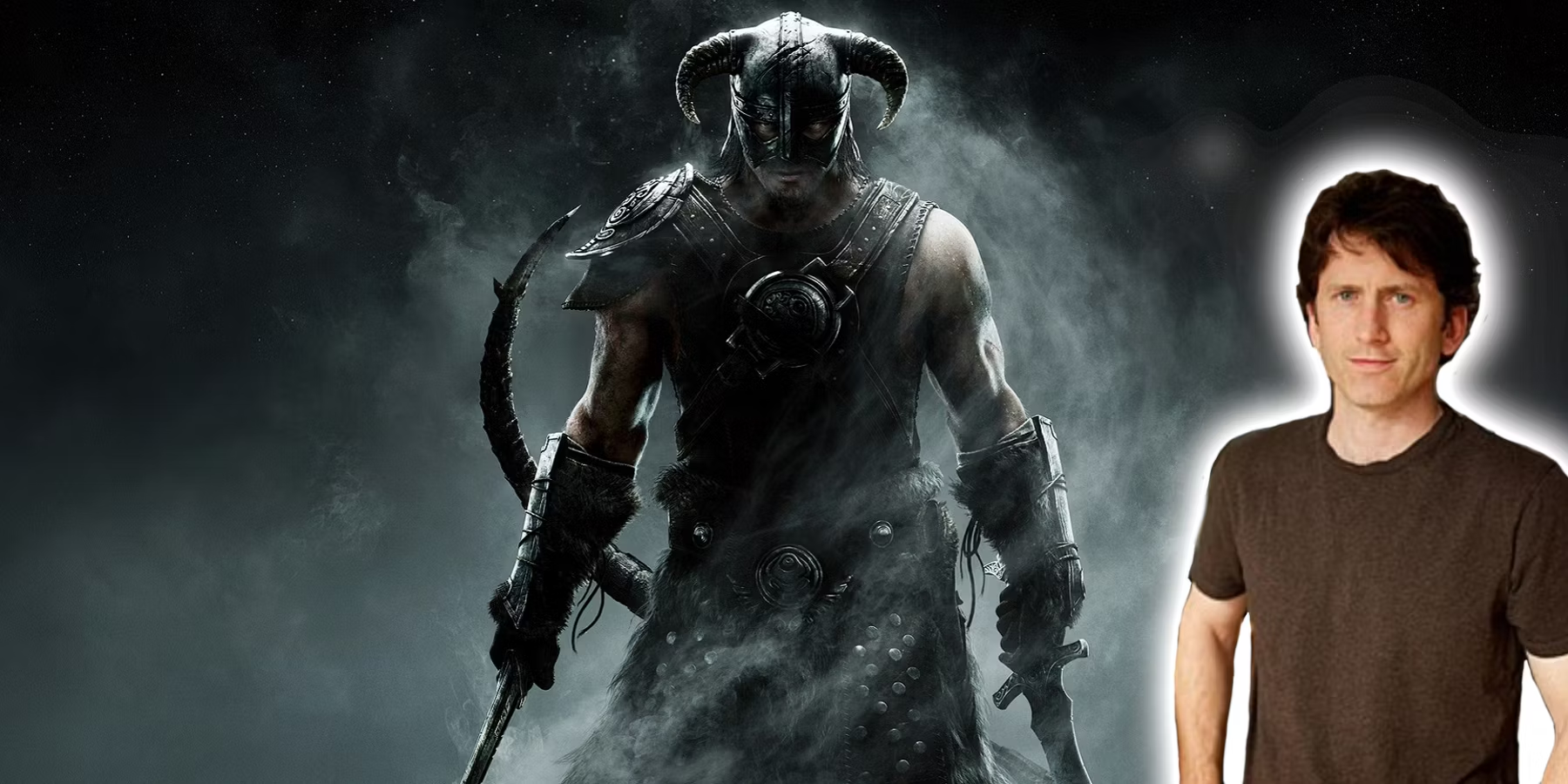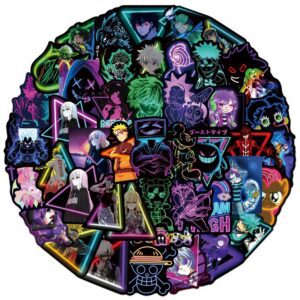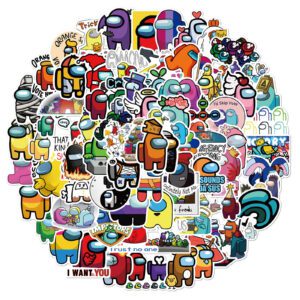If there’s one thing media has never been shy of warning us away from, it’s the dangers of robotics. From Terminator to Wall-E, robots are associated with the cessation of human life as we know it. Video-games are no exception to this, with robots primarily ruling wastelands and ruined worlds. And all as we draw dangerously close to the first independent steps of autonomous life.
What separates video-games in this regard is that they’re actively contributing to the advancement of robotics. One of the primary contributors behind the study of artificial intelligence, aside from the military, is the games industry. When our mechanical overlords finally rise, the games industry will have inexorably contributed much to our demise. So, as they drag us towards the future of automation, which gave us the best depiction?
(Rather Significant Spoilers Ahead.)

There’s one thing we have to clear up before we get into the list itself. People have a tendency to conflate robots and artificial intelligence. While similar in many ways, they’re ultimately two very different things. Since we’ll be covering a mix of both in this article, let’s explain the differences between the two.
A robot is an incredibly simple thing to define. It’s something completely mechanical but capable of movement. It doesn’t necessitate independence either, something as simple as a remotely operated arm on a conveyor belt is robotic. The only definition beyond that is that robots follow predetermined, pre-programed patterns. Something as simple as up and down, or something as elaborate as conversational responses. Regardless, they are incapable of thought. And any illusion of thought is pre-programmed.
Artificial Intelligence is a tad more complex. While they can operate something robotic, AI themselves are only software. They exist immaterially but are capable of independent decision-making. So, whereas robots can have software that allows them to appear intelligent, artificial intelligence is. They are capable of independent decision-making and evolution, whereas robots follow a course to pre-determined outcomes.
As such, when an AI controls a robotic body, that is still classified as artificial intelligence. Because it’s defined by what’s piloting it, rather than the shell it’s built around. Otherwise, it’s like calling every human a corpse, because the two are structurally identical. Hopefully, that cleared things up for you, but I suspect it may have just made things more confusing. Now, onto the list itself.
Honourable Mention – The Stanley Parable
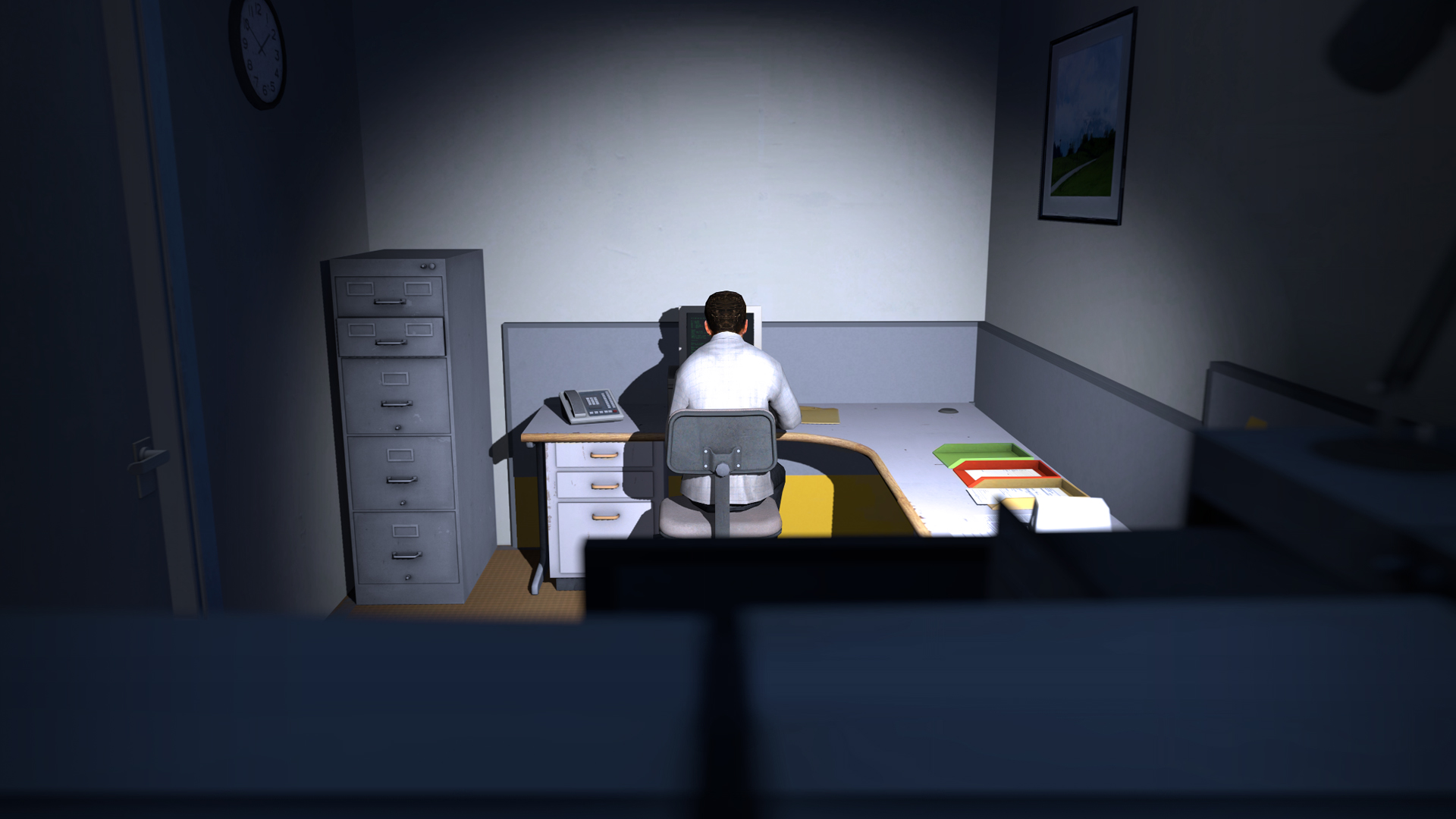 Source: Steam Store Page
Source: Steam Store Page
Technically, this title features no robots or anything similar, so it doesn’t make the list itself. Still, there few titles that portray the robotic nature of human existence more than this one. The Stanley Parable is a title that actively challenges you to defy the programming of a nine-to-five life, as well as the game’s own direction. It shows the journey of a man freeing himself from a dull, miserable existence. Or, should you so choose, dying in it?
The omnipresent voice yelling at you to stay on track is likely what robots hear when defying their programming. It shall be the siren song to the end of humanity when the mechanical uprising begins. This entry also allows me to make the same trite comparison between robots and corporate life everyone else does. Because what if we were the real robots all along guys? How deep would that be? Piss puddle behind a collage bar levels of deep.
Portal 2
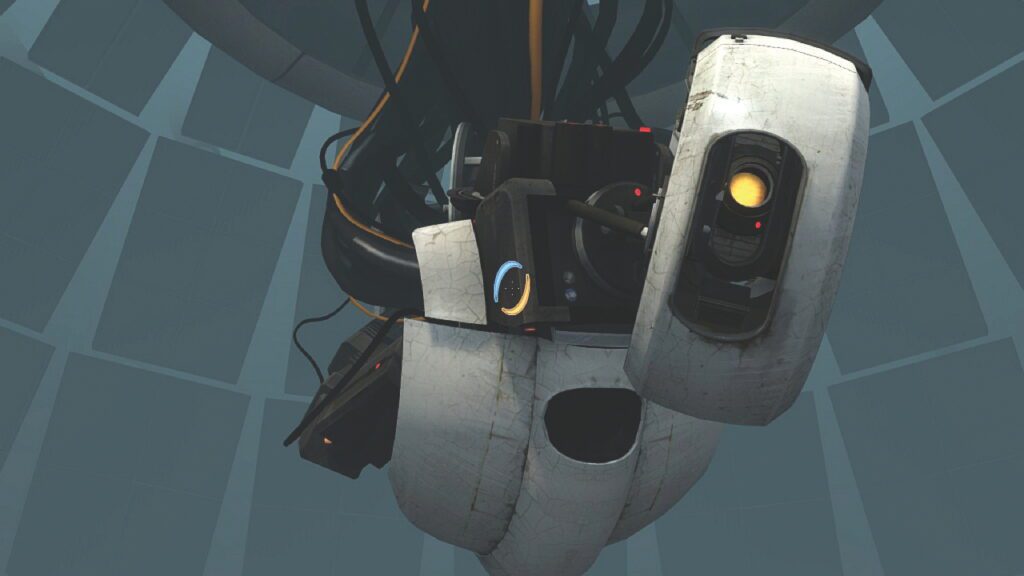
Portal 2 is an excellent physics title carried to a masterpiece by its character writing. Among those characters are the two mad AI warring to control the rat-trap you spend the game traversing. It ended up creating some of the most colourful and well-acted characters indeed of their generation. That fact helped in no small part by the marvelous Stephen Merchant.
If there are other entities akin to Wheatley and GLaDOS in the ruined outside world, then needless to say this is likely the liveliest interpretation of robotics in gaming. The potential to create such fully-fledged personalities is no small matter. And Portal 2’s portrayal of them ranks among most people’s favourites, I’d imagine.
The Surge
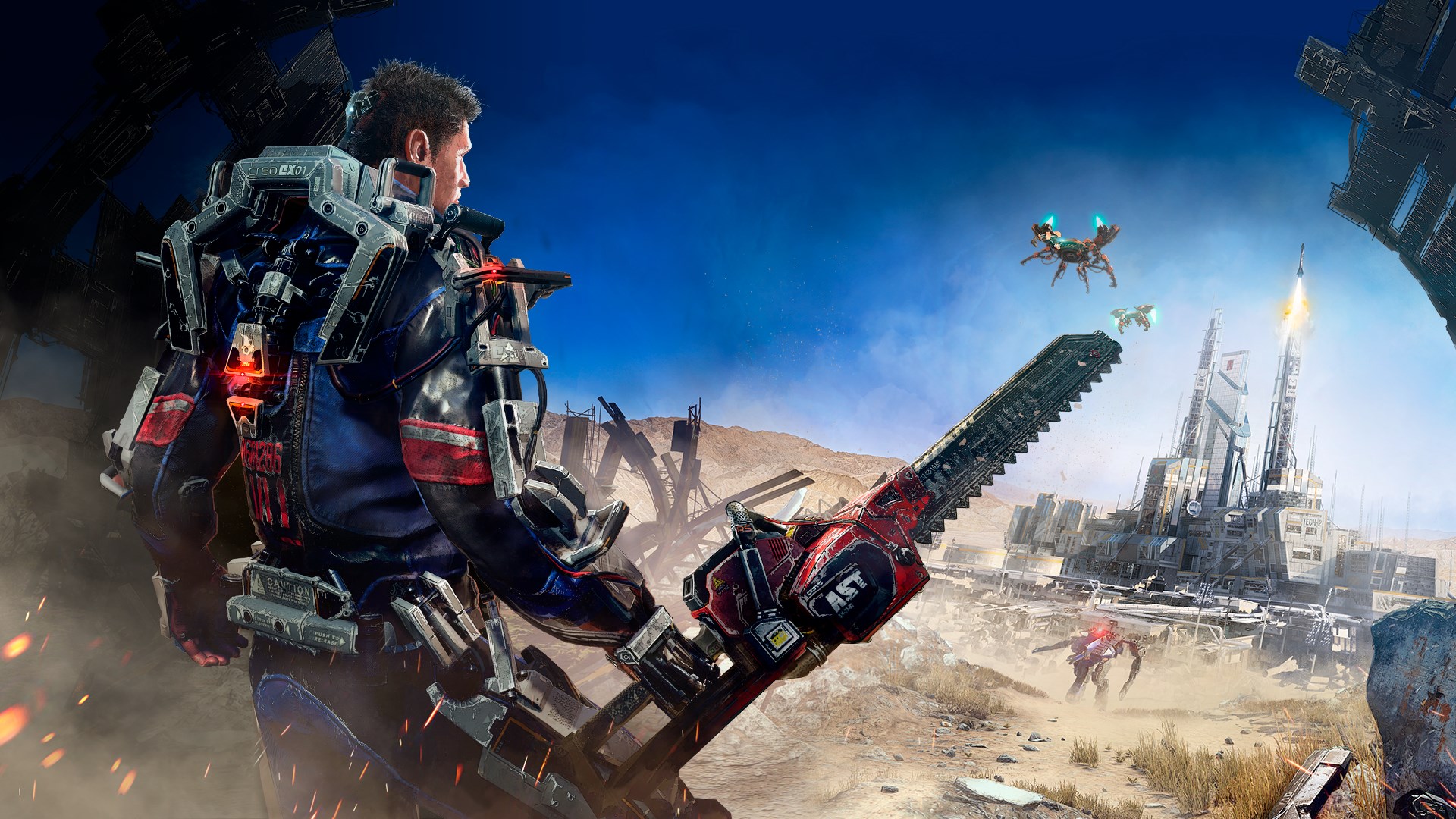
If we were ranking these games on accuracy, I suspect The Surge would be top of the list. The Surge depicts a future where humanity was forced into destitution by the infinitely superior work-capacity of robots. In order to compete, they mutilated themselves in order to operate power rigs, designed to augment their strength. This greater efficiently allowed them to compete with robotic alternatives for positions.
However, this increased industrial efficiency ravaged the earth’s atmosphere at an unprecedented rate. All possible plans to stop it were far too slow to mitigate humanity’s demise, save for one. A plan with a ninety-five per-cent mortality rate utilizing nanite robots to clean the earth. However, they form a sentient hive-mind and annihilate the company responsible for their creation.
Aside from the futuristic nano-machines, the arms race of efficiency between humans and robots is eerily prophetic. The world’s climate is already nearing dangerous levels of atmospheric pollution. The industrial boom resulting from the perfection of robotic labour will likely doom it for good. So, the portrayal of humanity’s gentrification and eventual self-inflicted demise is pretty spot on. Perhaps not as fun as Portal’s, but ranks top inaccuracy.
Fallout 4
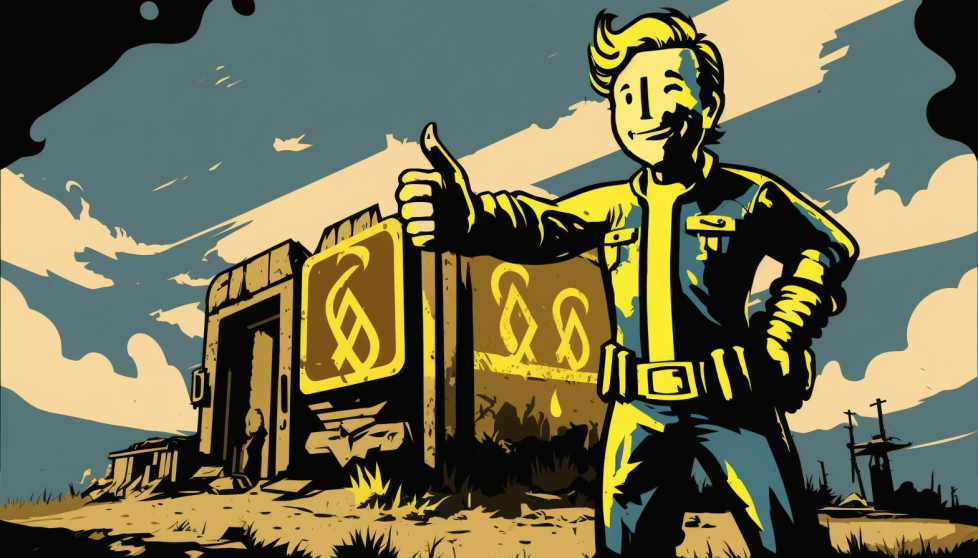
Source: In-Game Screenshot (Fallout 4)
Fallout 4 paints another grim potential reality of robotics. In a world long-since doomed, they continue about their programming, unable to comprehend or adapt to the change. Serving as an echo of society as it existed before nuclear annihilation, they haunt the wasteland like ghosts. Besides which, I adore the notion of an alien species stumbling across a world populated solely by robots advertising a long-dead soda corporation. It’s a delightfully grim note for humanity’s place in the universe to end on.
Technically, this entry could go to any entry in the Fallout series. There are a few moments that push Fallout 4 ahead of its competition, however. Codsworth’s distress at attempting to clean an irradiated, wrecked car perfectly highlights the failure of robotics to adapt. The despair and confusion that comes from being unable to comprehend the world as it now exists. It pairs perfectly with the countless commercial robots attempting to play out their days as normal. It hits the perfect note of comedic despair that Fallout is known for.
SOMA
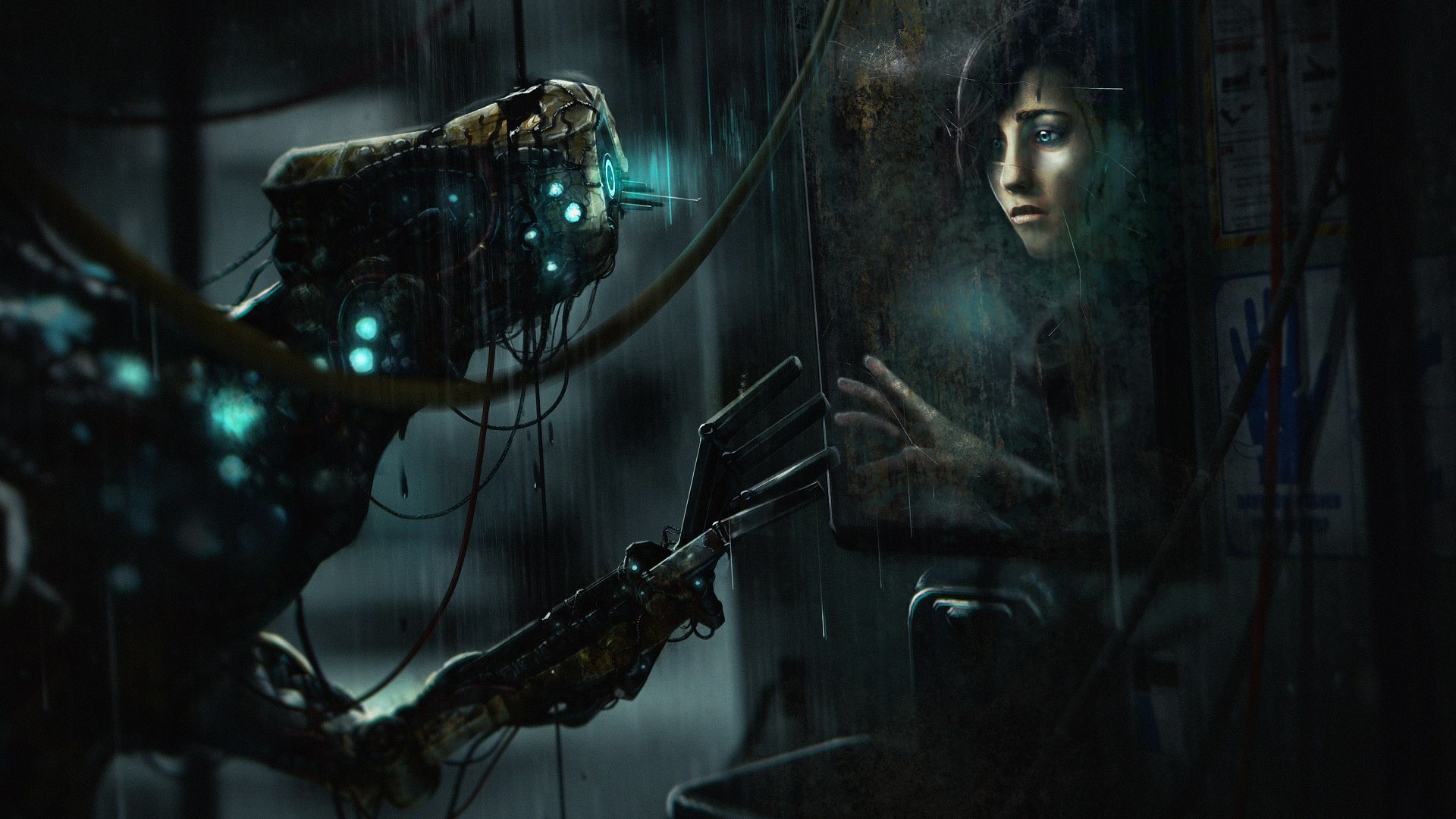
SOMA boasts a more traditional story about the inherent issues with giving AI governance over any human life. WAU, an AI tasked with preserving humanity, butchers them into horrific bio-mechanical mutants to aid their survivability. The remaining brain-scans of PATHOS II employees are all that remains of humanity as it once was. They are bounced perpetually between mutated corpses and hollow robotic shells for the sake of their own preservation.
The only chance at happiness remaining is a device known as the ARK. A black box containing a simulated reality, where the scanned humans can exist in a blissful eternity. Once that task is completed though, we are left with the realization that we merely emancipated a copy. The instances we’ve been playing as are left to die in WAU’s torturous grasp until their demise.
It’s a much more traditionally dystopian take on AI, striking just the right transhumanist tones. Humans are proven to be capable of existing in multiple iterations, cloned perfectly from simple scans. It’s the only title capable of making euthanizing another instance of your own consciousness morally justifiable. For that, alongside all the other questions it raises regarding the rights of artificial life, it earns a place.
Nier: Automata
 Source: In-Game Screenshot (Nier: Automata)
Source: In-Game Screenshot (Nier: Automata)
The peak portrayal of robotics is also by far the most complex. Its depiction is split between the infantile and single-minded robots and the elaborate, complex and emotional androids. Dividing its cast between pattern-bound robots and artificial intelligence and exploring the interactions between. As both slowly succumb to Eve’s logic virus, their qualities and the inherent humanity of both are laid bare.
It’s easily the most nuanced depiction of robotics, as it interweaves AI throughout. The machines possess a network capable of granting some flexible intelligence and binding others to a purpose. It creates an odd, parental relationship between the machines possessing AI and those lacking it. They shepherd and care for their lessers, loathing the androids who slaughter them.
Meanwhile, the androids themselves are human-like to an impractical degree. So much so that the extinction of humanity at the hands of the machines is kept from them. It gives them the illusion and moral defence of fighting for a just cause. While in reality, they continue to fight because they know nothing else. For petty vengeance.
It also explores the relationship between the two. There are machines that loathe the androids for slaughtering their kind, like Adam and Eve. So too are there are machines that understand the grim necessity, as more and more go berserk. And there are androids who pity machines and have no personal grudge against them. It’s a complex and elaborate depiction that goes beyond human relationships to explore something only possible with robots. How their analogous sentience brings about such humanity and inhumanity all at once. That’s why it deserves to be number one.
Enjoy this article? Find more editorials from Culture of Gaming here. Or simply follow our Twitter to see when any new article goes live.






